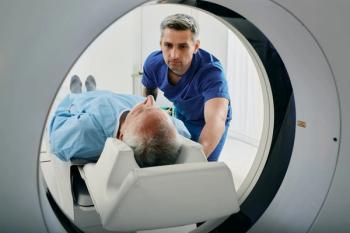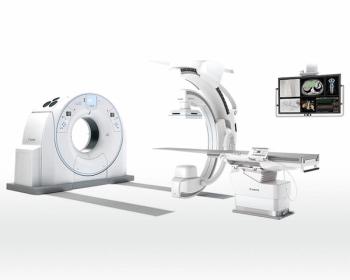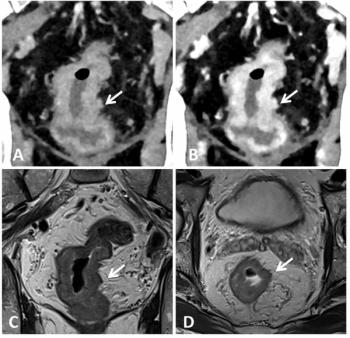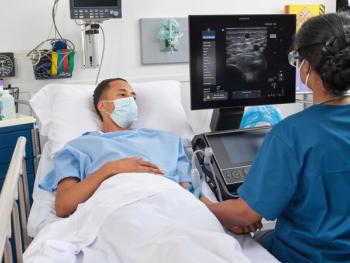
Commentary: The democratization of CT -- and MR
If you think cardiology is the only opportunity for niche CT, think again. CT could well be on the verge of a major change in usage fomented not by technology but by perspective. And MR might not be far behind. As happens so often, history will guide the way.
If you think cardiology is the only opportunity for niche CT, think again. CT could well be on the verge of a major change in usage fomented not by technology but by perspective. And MR might not be far behind. As happens so often, history will guide the way.
In the half-century since diagnostic ultrasound exams were done in recycled WWII gun turrets filled with water, this technology has stratified across a mind-boggling spectrum of platforms, ranging from premium-performance cart-based systems to PC plug-and-scans. CT will never go that far. The need for a gantry, patient table, and console will make sure of that. But CT is well on its way to a stratification paradigm that could put multislice technology in the hands of any physician.
Brand new multislice scanners can be had today for under a half-million dollars. And the price could go lower, if submarkets generate enough demand. Business dynamics support doing exactly that.
As the industry moves on to megaslice scanners, manufacturers are facing two choices: abandon earlier platforms or repackage them. The reason is simple - radiologists aren't going to buy these scanners. That leaves physician groups outside radiology to operate this technology. Philips realized the strategic opportunity outside radiology with the release of its Brilliance CT Private Practice CV, which is aimed at diagnostic cardiologists. Other manufacturers will follow if they want to keep up. And this might be only the beginning.
Other specialists might want to have their own CTs. Quad- and 16-slice scanners are powerful tools with capabilities well suited to niche applications.
OEMs will find the best candidates written between the lines of Medicare policy. Cuts in reimbursements, especially ones that physician groups have come to depend on, could lead these groups to make up losses by performing exams traditionally done by radiologists.
If CT goes this route, only MR will remain solidly within the control of radiologists. And MR has already been democratized to other specialties with the sale of niche products designed for orthopedics and mammography. Cardiologists have gotten a whiff of its potential for assessing cardiac function and performing angiography. Psychiatrists and neurologists might like a head-only unit for tracing nerves in the brain. Vascular surgeons probably could find some use for a whole-body angiography unit.
These niche scanners are on the drawing board. Their adoption may be history waiting to be happen.
Newsletter
Stay at the forefront of radiology with the Diagnostic Imaging newsletter, delivering the latest news, clinical insights, and imaging advancements for today’s radiologists.



























